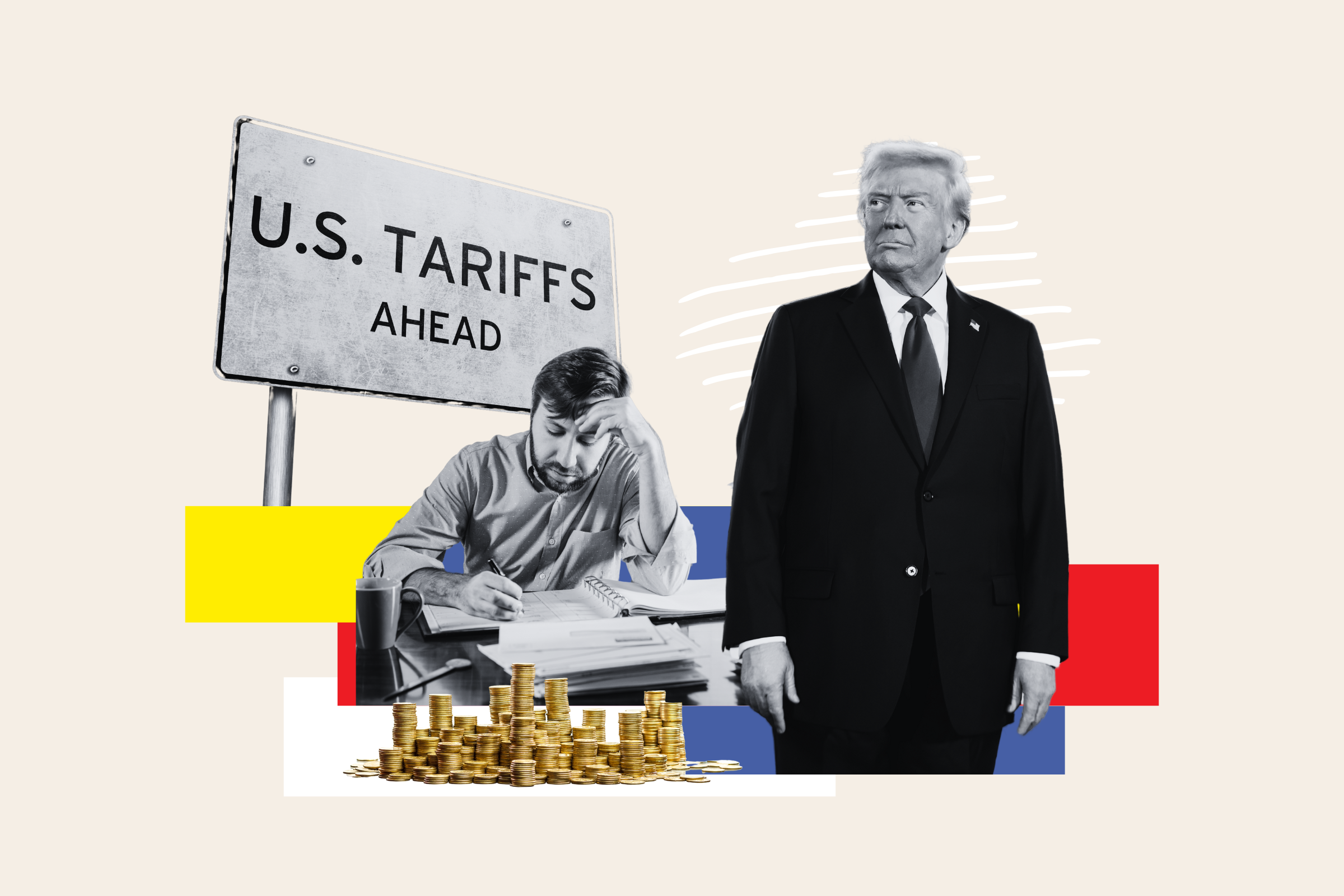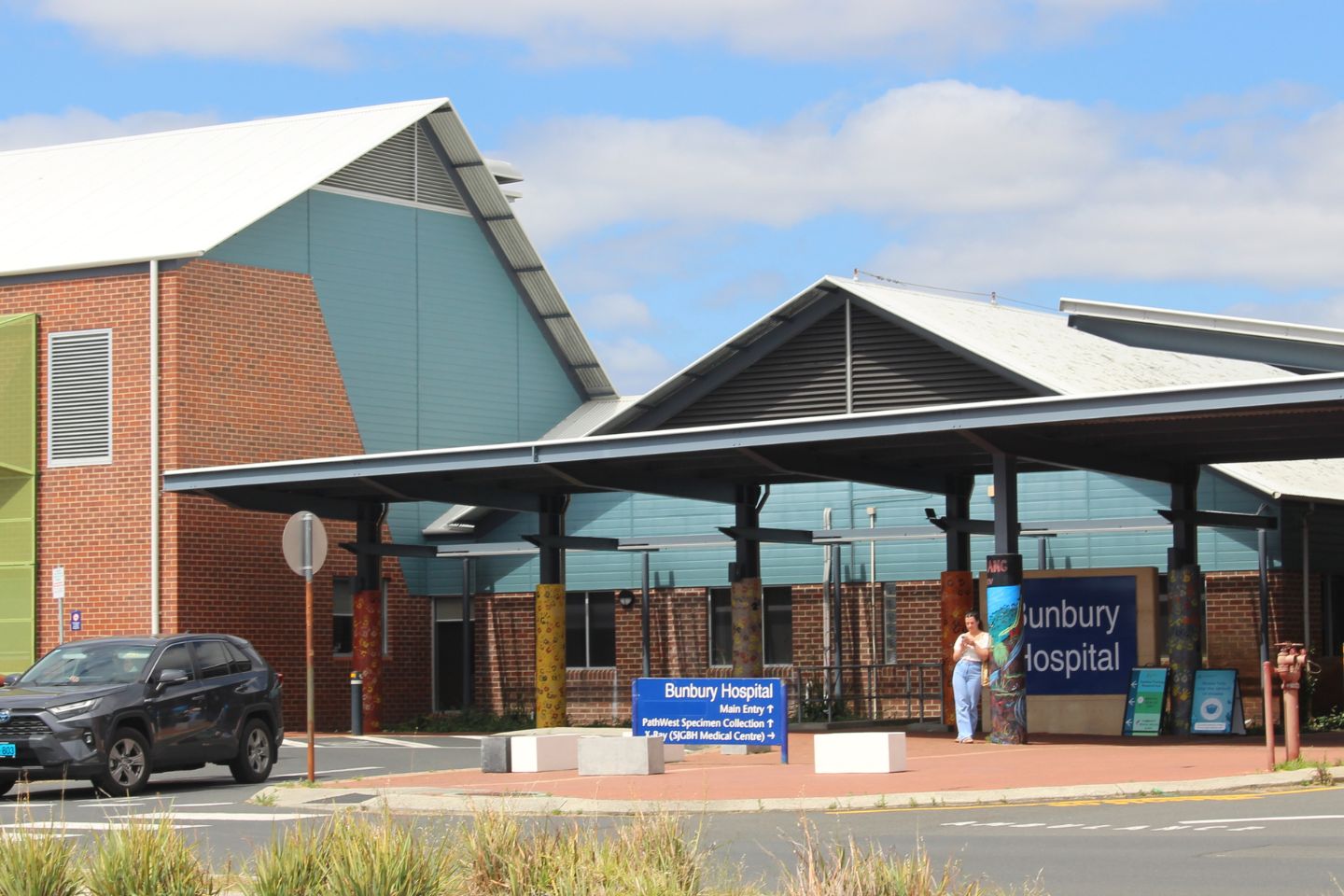Can you imagine your life without butter? Life without butter would be like a burger without its juicy patty, a pancake without its fluffiness, and a cookie without its sweet taste.
However, there’s another side to the story. Fat and oil production from animal and plant-based sources are collectively responsible for about 3.5 billion tons of CO2 — that’s seven percent of the global greenhouse emissions. Butter and vegetable oils happen to be two of the world’s most consumed fat and oil products.
Moreover, the production of both butter and its plant-based alternatives such as vegan butter made from palm pol leads to large-scale deforestation and degradation of land. This is because whether you run a livestock farm or cultivate palms or soybeans (a source of vegan butter), you need large chunks of land.
A California-based startup called Savor has figured out a unique way to make a butter alternative that doesn’t involve livestock, plants, or even displacing land. Their butter is produced from synthetic fat made using carbon dioxide and hydrogen, and the best part is —- it tastes just like regular butter.
Making butter in the lab using carbon dioxide
Savor was founded by a team of scientists and entrepreneurs who have been looking for ways to turn fossil fuel byproducts into food. This may sound like a crazy idea but it makes complete sense. For instance, fossil fuels primarily contain hydrocarbons, the same organic compounds that make up many fatty and oily food items.
“Fossil fuels are made up of compounds, some of which are toxic and carcinogenic, some of which are inert in the human body, and some of which are ingredients in our food and cosmetics. The funny thing is, if you replace ‘fossil fuels’ in that sentence with ‘agricultural products’, the sentence will still be true,” Kathleen Alexander, co-founder and CTO of Savor, said.
They explored different methods using which they could convert fossil fuels into food (i.e. fats, proteins, carbohydrates). For each method, they also measured water consumption, emissions, and land usage. Finally, after years of research and experiments, the Savor team settled on a method that combines carbon dioxide from the air and hydrogen from water to make butter (synthetic fat) in the lab.
“We start with a source of carbon, like carbon dioxide, and use a little bit of heat and hydrogen to form chains which are then blended with oxygen from air to make the fats & oils we know, love, and drool over. That’s how we get rich, delightful ingredients without animal suffering, palm plantations, or dangerous chemicals. All in the most efficient, most resilient, least polluting way known to science,” the Savor team notes.
Synthetic butter is just the beginning
The lab-grown butter is originally white. The researchers add beta-carotene (a vitamin A source) to give it a yellowish appearance similar to that of regular butter. However, when it comes to taste, reportedly there is almost no difference. Recently Bill Gates (he is an investor in Savor), also posted a video in which he is seen eating the lab-grown butter and different food items prepared using it.
“I’ve tasted Savor’s products, and I couldn’t believe I wasn’t eating real butter. It tastes really good—like the real thing, because chemically it is.” Bill Gates recently wrote in his blog post.
Plus, “The (butter making) process doesn’t release any greenhouse gases, and it uses no farmland and less than a thousandth of the water that traditional agriculture does,” he added.
The Savor team doesn’t want to stop with butter. They also plan to make ice cream, meat, tropical oils, cheese, and various other food items using their synthetic fat. Such products can revolutionize the food industry, drastically reduce our carbon footprint, and help us achieve our climate goals.
However, a major challenge with Savor’s alternative butter and other such environment-friendly food items is affordability. This is because if only a limited number of people consume lab-grown butter, it won’t bring any meaningful change.
“The big challenge is to drive down the price so that products like Savor’s become affordable to the masses—either the same cost as animal fats or less. Savor has a good chance of success here, because the key steps of their fat-production process already work in other industries,” Gates said.
The Savor team, in association with some researchers, recently released a study that discusses how food can be produced without agriculture. You can read their work here.
Thanks for your feedback!





















Discussion about this post